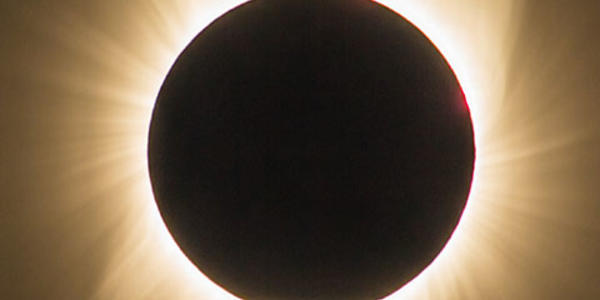
NCEI recently announced the end of its ionosonde data program. Ionosondes are ground-based instruments that measure properties of the ionosphere, the region of the Earth's atmosphere that plays a vital role in radio communications and space weather phenomena. NCEI’s ionosonde data program collected data from over 100 ground-based ionosondes around the world, processed it, archived it, and served it to the public.
These ground-based radars have been used since the 1920s to study the density of plasma (ionized gas). They contributed significantly to our understanding of high-frequency communications, aeronomy, space weather, and the thermosphere. NCEI’s predecessor, the National Geophysical Data Center (NGDC), began archiving a collection of global ionosondes as part if the International Geophysical Year in 1957. At one point a vast majority of NGDC’s physical archives warehouse consisted of reels of ionospheric film in a climate-controlled warehouse.
For the last decade, NOAA’s work in ionosonde data stewardship has been supported through partnerships with the Department of Defense (DoD). As the DoD transitions to new methods for obtaining their ionosonde data, NOAA is discontinuing their near real-time data stewardship role.

As part of the ongoing cessation activities, NCEI is updating our ionospheric websites to ensure long-term data access and information. After the discontinuation of real-time ingest, the public will continue to have access to our entire past digitized ionosonde data holdings archived at NCEI. Data availability varies by station, but generally goes back to approximately 2008.
NOAA and NCEI remain dedicated to advancing our understanding of the Earth's atmosphere and its interactions with the space weather environment. NCEI will continue to archive and provide access to other solar and space environmental data and derived products that give scientists the means to make forecasts and issue space weather advisories and alerts. For those interested in continuing to receive the ionosonde data, please contact the individual stations directly or one of the other global ionosonde data archives and distributors.



